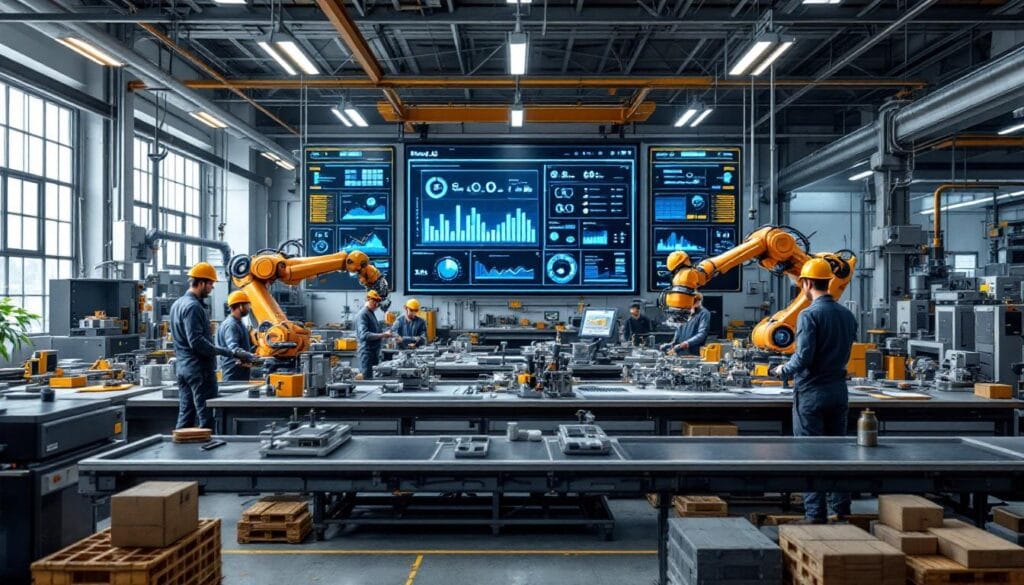In the field of Industry 4.0, the integration of edge computing opens up new perspectives for the intelligent management of industrial processes. This synergy promises to improve the interaction between local systems and cloud platforms, thereby facilitating real-time communication and autonomous decision-making. Thanks to the evolution of technologies like 5G and IoT, edge computing applications are expanding, revolutionizing assembly lines through reliable low-latency automation. Companies are thus faced with an unprecedented transformation opportunity, promoting a more optimized and resilient production.

Table des matières
ToggleIndustry 4.0: revolution and impact of edge computing
The shift towards Industry 4.0 marks a decisive turning point in the industrial sector, harmoniously integrating digital and physical. In this connected ecosystem, edge computing plays a central role. Like an advanced interface, it ensures fluidity between production systems and the cloud, providing greater autonomy to machines. By using intelligent sensors combined with IoT, factories can now communicate in real time, allowing for dynamic and reactive production.
Data processing at the edge of the network, also known as Edge Computing, is distinguished by its ability to process information at lightning speed. This responsiveness is crucial for meeting the demands of smart manufacturing. By minimizing latency through 5G, it paves the way for diverse applications, extending its benefits far beyond the manufacturing sector. Moreover, it enhances the resilience of supply chains, which is crucial for ensuring the continuity of operations in an occasionally uncertain environment.
The synergies between hardened computing and industrial innovations
At the dawn of Industry 4.0, the integration of hardened computing reveals a strategically pivotal new dimension. Indeed, this technological innovation anchors its strength in extreme environments, guaranteeing unwavering reliability even in the face of the most complex challenges. Coupled with Edge Computing technology, it ensures optimal performance, essential for critical operations and real-time production planning.
Role of communication technologies in modern industry
Advancements in communication technologies, such as URLCC 5G, are radically transforming the industrial landscape. By offering minimal latency and exemplary reliability, they give rise to highly precise automated assembly lines. These superior network infrastructures also foster the advent of collaborative robots, which, by operating in autonomous environments, tackle increasingly sophisticated challenges. Thus, modern industrialization is continually redefining itself, paving the way for an era of accelerated progress.




